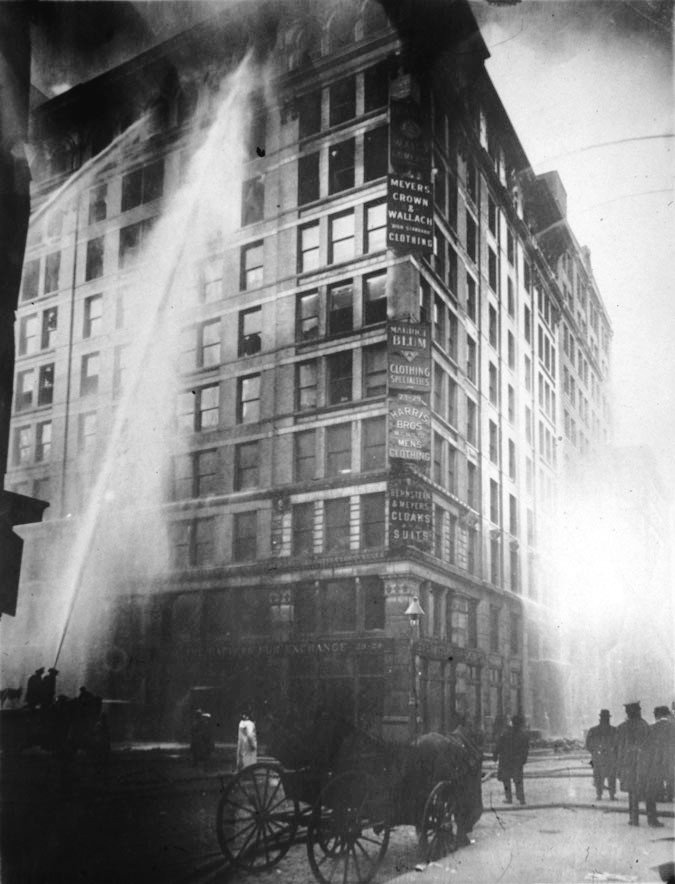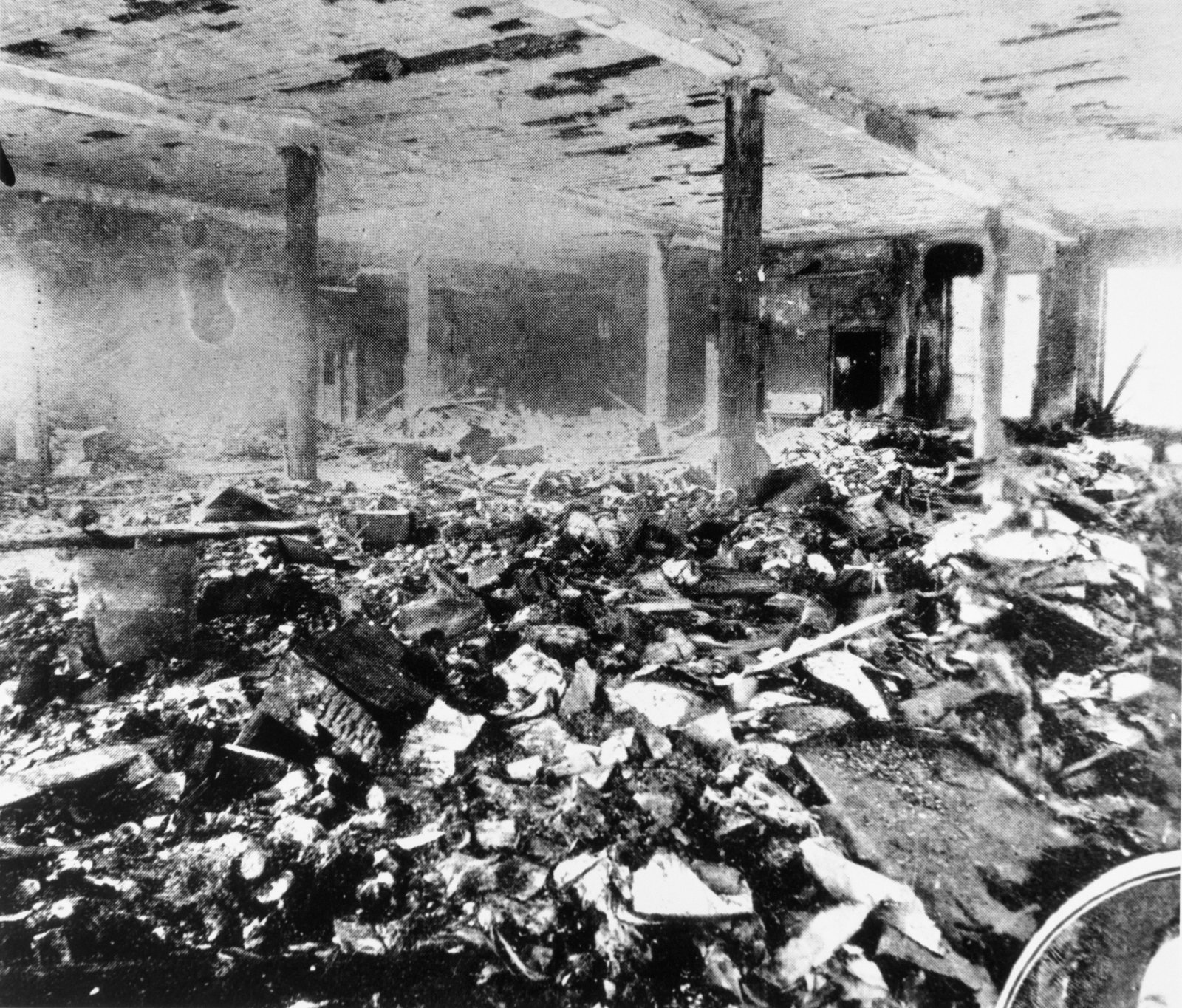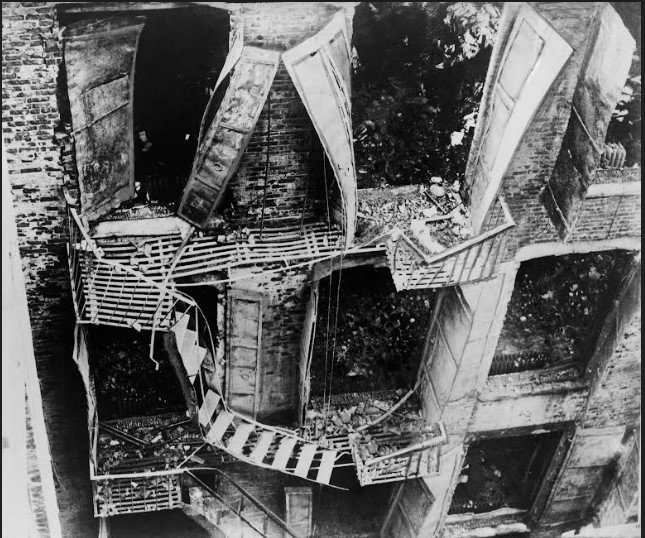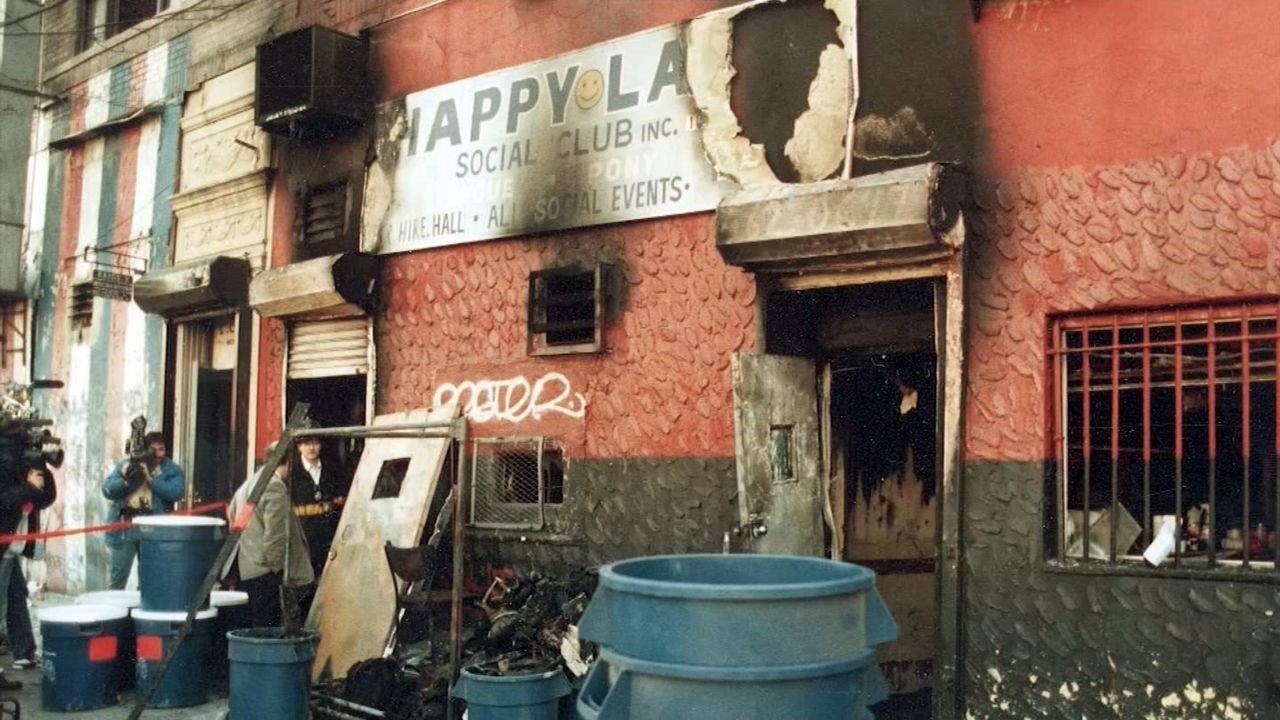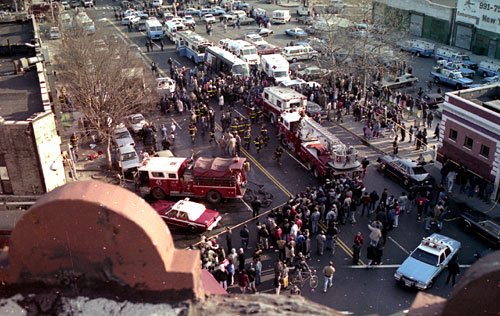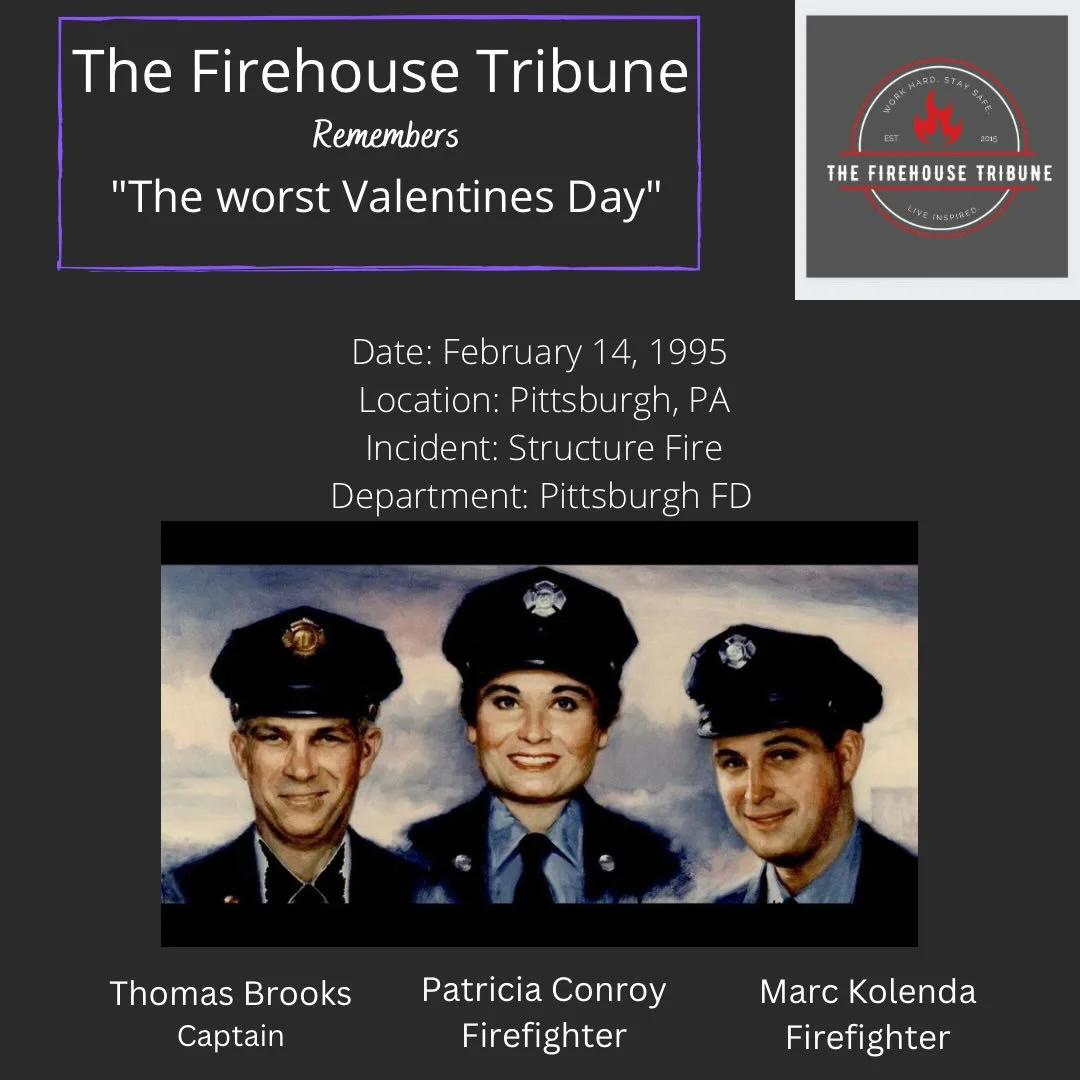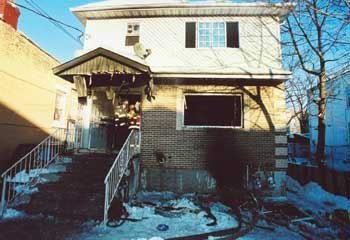When History Is Ignored, Lives Are Lost. Switzerlands New Year’s Nightclub Fire
Reports indicate that 40 people lost their lives during a New Year’s celebration fire at a nightclub in Switzerland. Incidents like this are heartbreaking, but they also serve as a stark reminder of why the fire service must continuously study and understand historic fires.
These events are not distant stories or abstract case studies. They are real world examples of how rapidly fire conditions can overwhelm occupants and responders alike. Knowing historic fires is not about dwelling on tragedy. It is about recognizing patterns, understanding failure points, and preparing ourselves to intervene faster and more effectively when seconds matter.
The parallels to The Station nightclub fire are impossible to ignore. In Warwick, a combination of ignition sources, combustible interior finishes, rapid fire spread, and limited means of egress led to catastrophic loss of life in a matter of minutes. Those same risk factors continue to exist today in assembly occupancies around the world. When firefighters study Warwick and other historic fires, they learn how quickly conditions can deteriorate, how crowd behavior affects survivability, and why early recognition of life hazards is critical.
These lessons directly influence how we conduct inspections, preplans, and initial size up when responding to similar occupancies.
Remembering historic fires is a responsibility we owe to the victims, their families, and the firefighters who respond after the fact. Each tragedy reinforces why training, prevention, and critical thinking on the fireground matter. History does not repeat itself because fires are unpredictable. It repeats itself when lessons are forgotten or ignored. Our obligation as firefighters and leaders is to carry those lessons forward so that loss of life drives improvement, not complacency.






